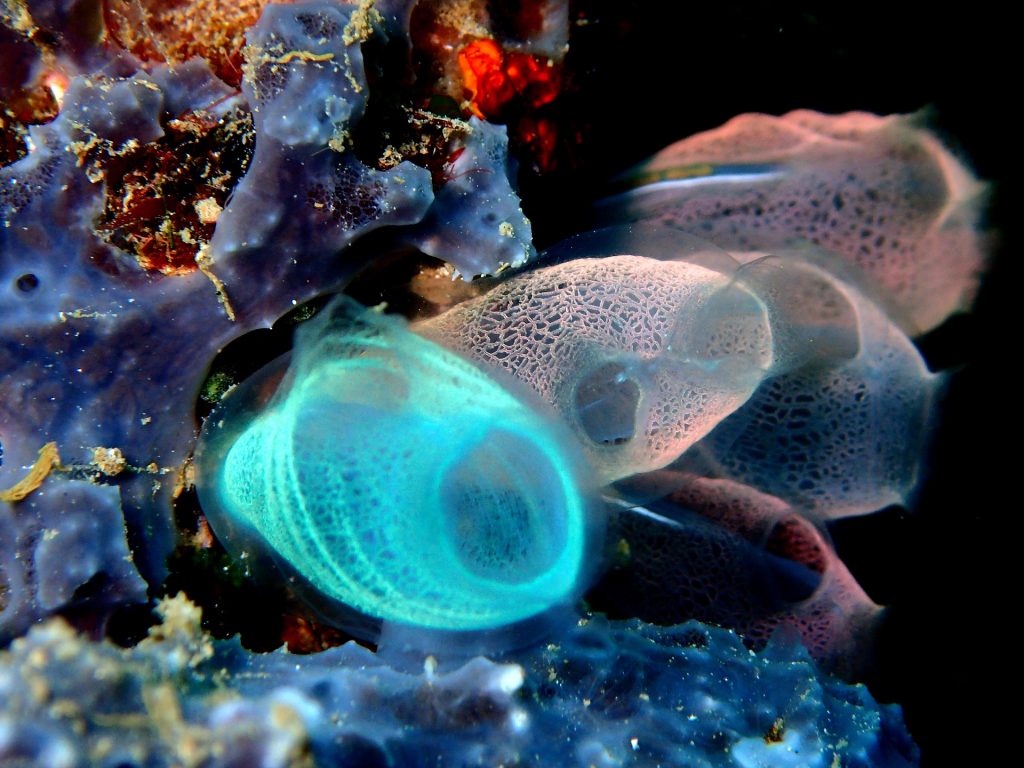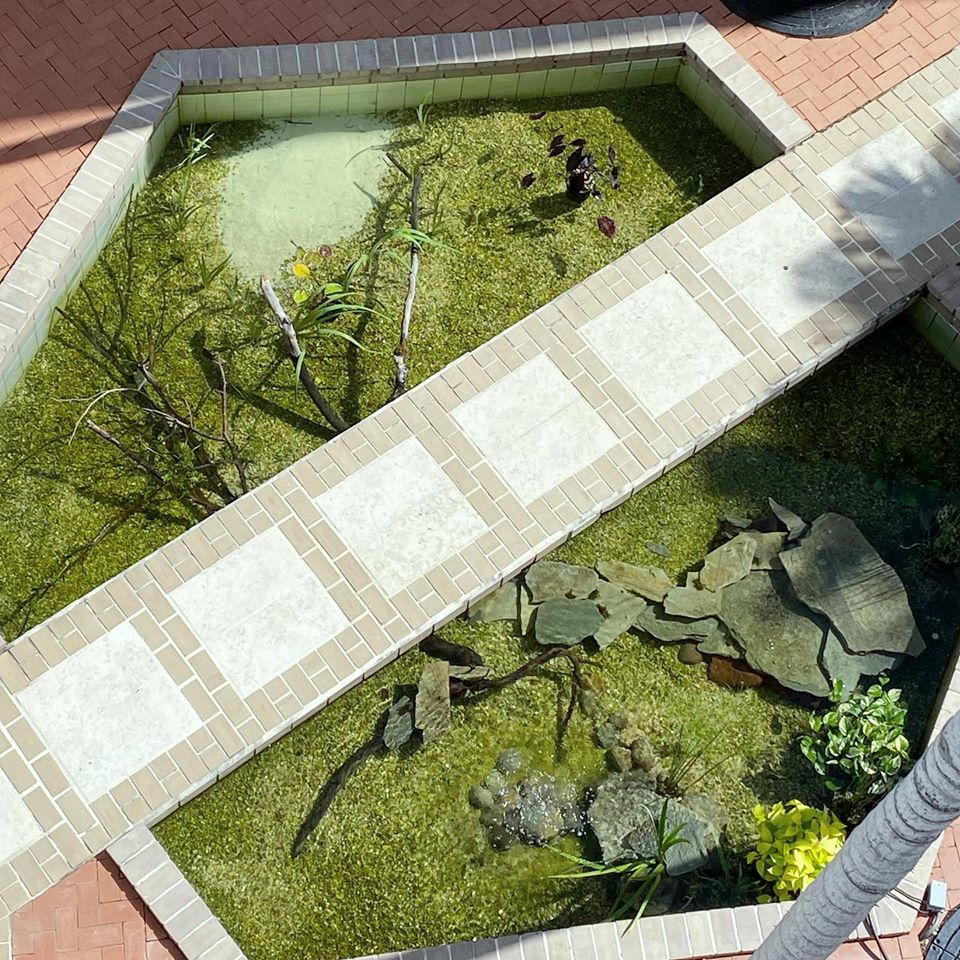In the first part of the series we considered how the theories behind the formation of ecosystems could apply to your home aquarium. The second addition to this series will cover choosing an ecosystem to emulate and stable states.
If you missed Part I of this series and would like to learn more, click the botton to the right of the screen!

What types of ecosystems can your aquarium house?
This topic could fit in volumes of books. There are so many potential ecosystems and because whole ecosystems are so complex aquarist usually consider the simpler concept of biotopes when emulating a specific environment. A biotope is an area of uniform environmental conditions providing a living place for a specific assemblage of plants and animals. Biotope is almost synonymous with the term habitat. For example, a biotope aquarium could be dark water shoreline of the Amazon river or a Caribbean reef slope. More generally the ecosystem could be tropical acidic freshwater river or coral reef.
It is inappropriate to keep animals from incompatible ecosystems together and will only result in harm. Goldfish are cold water and require slower flow and neutral to slightly basic pH. As such you should not keep them with warm water fish, fast moving fish, or with fish that require a different pH. It will make maintenance all the more difficult and keeping everything healthy and balanced nearly impossible.
There are other limitations to consider when designing your aquarium. Some fish can only be kept in smaller aquarium because of there feeding habits. Others will quickly outgrow a small aquarium and the stunting of growth that results from being confined can cause systemic organ failure. More sensitive ecosystems, like reef aquaria, can be difficult to maintain in smaller aquariums because of the fluctuations in water parameters. Carefully consider the needs of your aquarium and how your choices effect the ecosystem that you are trying to emulate.

This pond had high levels of detritus beneath the gravel and was severely deficient in several important minor and major elements needed for plant growth and blooming. The fish stocked in this pond came from the wrong climate and were not helpful for controlling the detritus, problem algae, or snail populations. The filtration was not installed to efficiently remediate the water and maintain stable water chemistry. This pond was in a stable state that promoted nuisance algae blooms and would not allow the growth of desirable plants.

This is the same pond imaged to the left one month after Tanknicians started service. We removed large amounts of detritus and added medias and fertilizers to slowly feed the plants over time and encourage root growth. The fish and plants in the pond come from areas where the expected swings in temperature for the zone in which this pond is located occur naturally. The fish each have a job controlling the populations of snails, problem algae, other fish, and waste build up beneath the gravel and sand. This pond is now in a desirable stable state.
Promoting the right stable states
In ecology, the theory of alternative stable states predicts that ecosystems can exist under multiple “states”. These alternative states are non-transitory and therefore considered stable over ecologically-relevant timescales. To use reefs as an example, a healthy coral reef with more predators than herbivores can shift to an algae dominated reef with little coral cover when the predators that help to maintain herbivore diversity are over fished. physical pressures like flow, lighting, siltation, and temperature can affect this transition as can Chemical factors like the availability of nutrients and proportions of major, minor, and trace elements. Each of these factors and more play a role in the development and maintenance of your aquarium.
Many people spend too much time thinking about the types of animals to add, and not enough time considering how the design of the aquarium and filtration will effect the animals over the years. Inadequate flow or nutrient export can have the long-term effect of slowly transitioning a healthy aquarium to something less desirable. It generally takes a long time for the environment in an aquarium to support problem algae and pest organisms over the intended flora and fauna, and it takes an equally large effort to reverse this change. Carefully consider the needs of your aquarium and how the physical, chemical, and biological factors may interact over time when designing your aquarium.
For example, the pond above would not have flourished if we had simply planted the pond above without removing detritus, adding essential macro and major nutrients, and replacing the fish. The plants would have withered away without the nutrients they needed, the koi would have eaten the remaining plants, and the detritus would have effected oxygen levels at night and would have likely had an effect on essential nutrient levels over time. By cleaning the pond, adding the needed nutrients, and restocking with the right types of plants and animals for the climate zone, the pond has finally started flourishing.